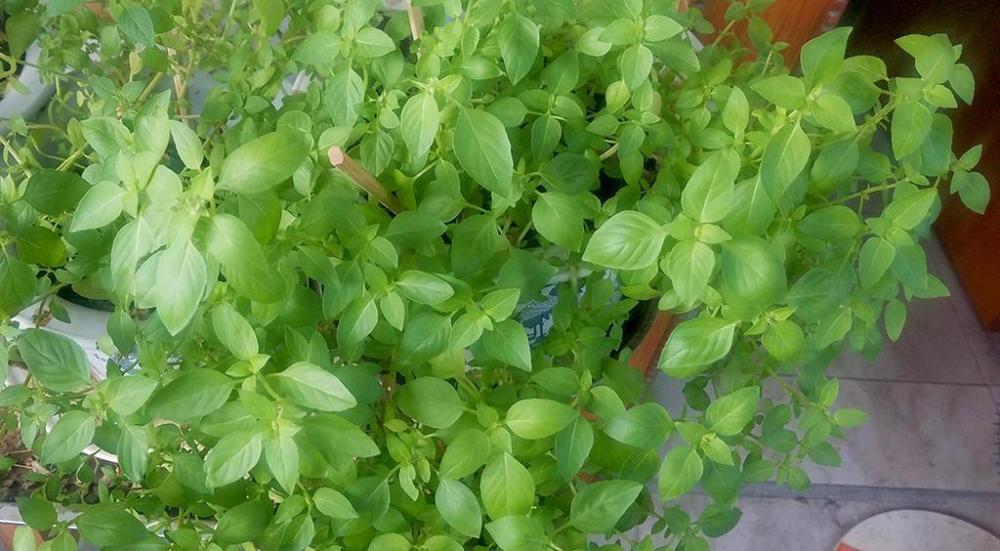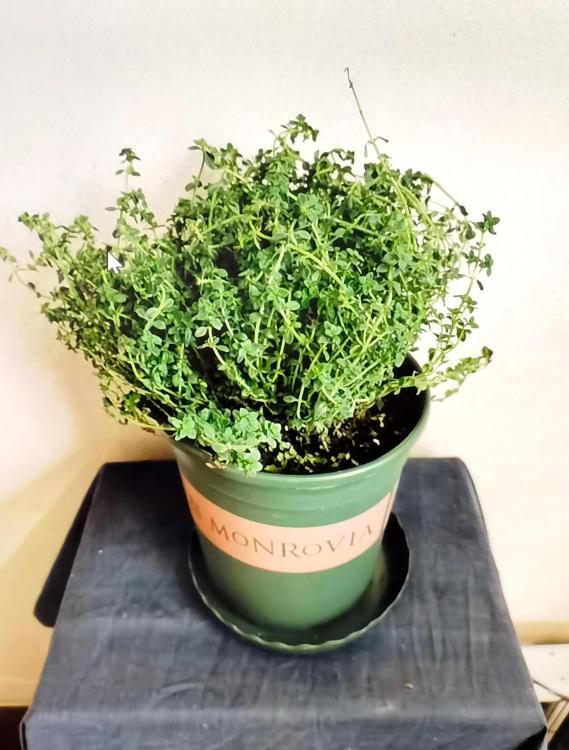Herbs 草本 (cǎo běn) or 香草 (xiāng cǎo) are my bugbear in China. Not that they don't have any; they have thousands. The problem is remarkably few are used in dinner. 95% are only used in TCM, including some we eat.
So, I'm going to attempt to go through what is available for culinary use while mentioning a few that aren't. I'll do that in at least two parts, probably more.
I'll start with some herbs that are common in the west, give their Chinese names and indicate their availability or lack of.
Then, I'll get on to herbs only generally found in China or Asia.
This, I'm sure, will always remain a work in progress. Recently , I've found herbs that were unheard of a year ago. The picture is constantly changing. This is why I've included unavailable herbs. The fact that they have Chinese names gives me hope that they'll turn up one day.
So, in roughly alphabetical order:
Arugula
see rocket, below
Basil
S: 罗勒; T: 羅勒 (luó lè), (Ocimum basilicum). Sweet basil.
I can source sweet basil online but have never seen it in any market or store. However, the seeds are sold to be raised as an insect repelling house plant, so I grow my own.
Bay leaf
S: 香叶; T: 香葉 (xiāng yè), (Laurus nobilis)

Very common. Dried leaves are used in braises, stews and hotpots. Available everywhere. Alternative name 月桂 (yuè guì).
Chamomile
洋甘菊 (yáng gān jú), (Matricaria recutita). Unavailable.
Chives
韭菜 (jiǔ cài), (Allium tuberosum)
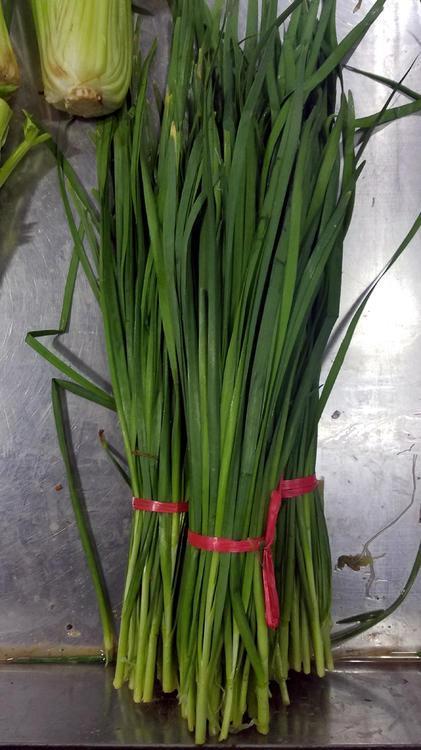
Extremely common. They are added to almost everything.
Note: these are garlic chives, not regular chives (Allium schoenoprasum) as used in European cooking.
韭菜花 ((jiǔ cài huā) are the above but with the flowers attached.

韭黄 (jiǔ huáng), are the stems of the same plant, but grown under reduced light conditions so that they do not develop the green colour, but are yellow, the meaning of 黄.
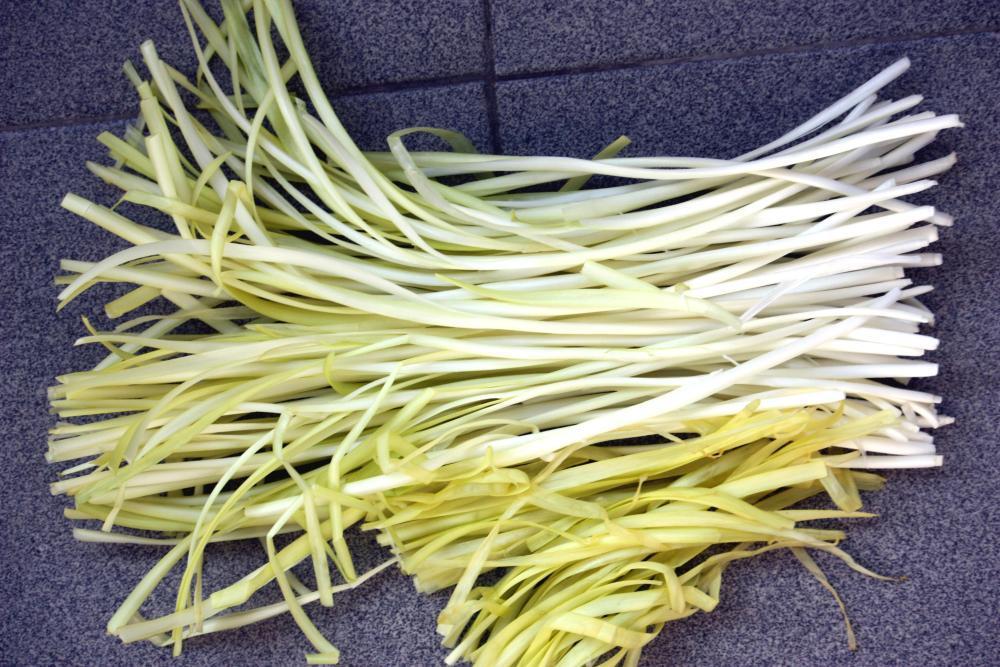
To my palate and nose, this technique also increases the garlic flavour and scent considerably. This is a good thing in my book.
Cilantro
see next
Coriander
香菜 (xiāng cài), (Laur Coriandrum sativum)
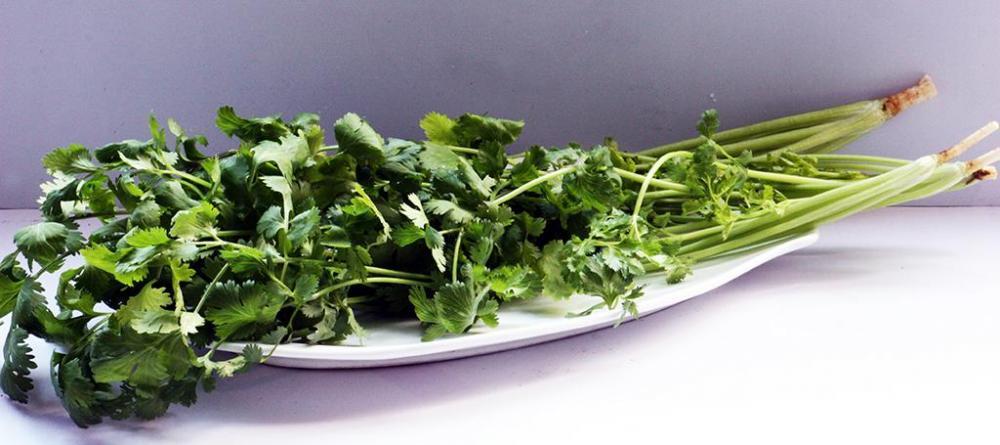
Call it coriander or cilantro, this is by far the most common culinary herb. Essential in almost all stir fries etc. It is even, in some places, deep fried as a street food snack. The Chinese name translates literally as 'taste (or fragrant) vegetable'.
Coriander seeds are never used in Chinese dishes and are only available from farmers' seed suppliers by the sack load.
Dill
S: 莳萝; T: 蒔蘿 (shí luó), (Anethum graveolens)Unavailable.
Fennel
茴香 (huí xiāng), (Foeniculum vulgare)
.jpg.b7f77fbf38c687fb8a866ac57ab58c32.jpg)
Fennel herb is used in northern China, but I've never seen it here in the south.
Lemongrass
S: 柠檬草; T: 檸檬草 (níng méng cǎo), (Cymbopogon citratus). Also 香茅 (xiāng máo), (Cymbopogon flexuosus)
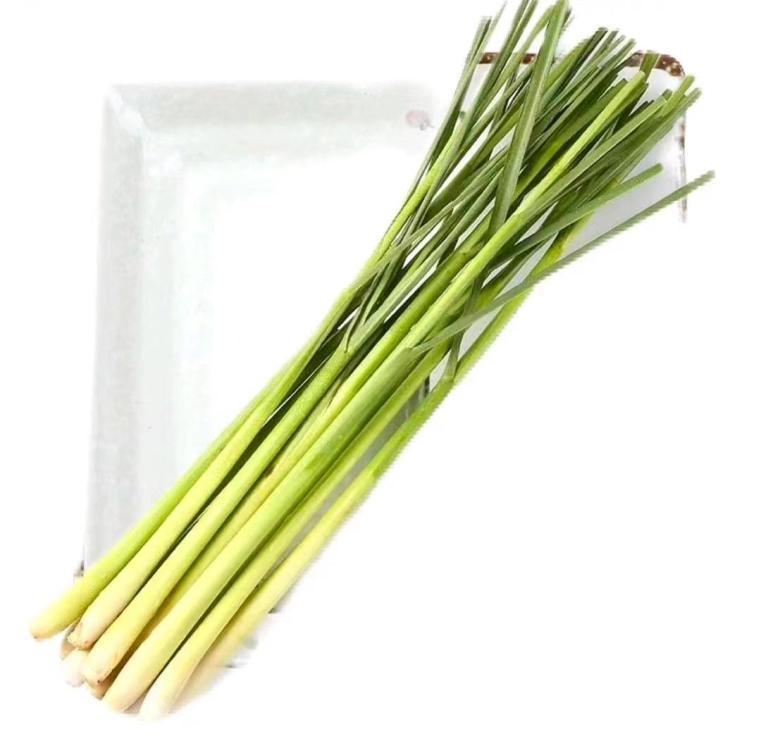
I am including this here as, although it is Asian in origin, it is now widely available everywhere - but not so much here. It is available for immediate delivery but I've never seen it in any store here. A recent arrival. I grow my own.
Lovage
S: 欧当归; T: 歐當歸 (ōu dāng guī), (Levisticum officinale)
The 欧 in the name means European. The 当归 refers to Chinese angelica which I will include with the Chinese herbs. Unavailable.
Oregano
牛至 (niú zhì), (Origanum vulgare)
The Chinese name is also sometimes used for the related:
Marjoram
S: 墨角兰; T: 墨角 (mò jiǎo lán), (Origanum majorana)
The two are related. Unavailable anyway.
Mint
薄荷 (bò he), (Mentha x piperata)
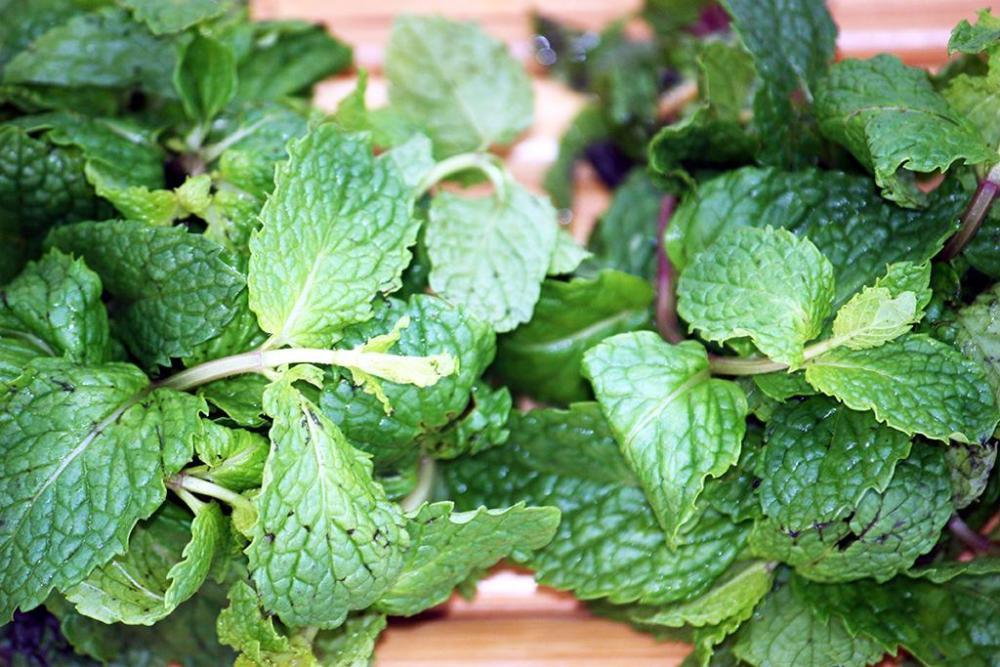
Chinese does not differentiate between the different mints. I have given the Latin name of peppermint, the most common here.
This is available locally, but not everywhere in China. It's use is mainly restricted to the southern ethnic minorities. I.e. round here.
Parsley
西芹 (xī qín), S: 荷兰芹; T: 荷蘭芹 (hé lán qín) or 洋香菜 (yáng xiāng cài), (Petroselinum crispum)
Despite the plethora of alternative names and although this is grown here, it is difficult to find. I suspect it mostly goes to the restaurant trade to be served with 'western food'.
Strangely the first two names translate as 'western celery' and 'Dutch celery' respectively. Parsley and celery are not related!
Rocket
芝麻菜 (zhī ma cài), (Eruca sativa)
Rocket or arugula is available from immediate delivery vendors, but not in stores. Not well known. The name translates as 'sesame vegetable'. Again, there is no family connection.
Rosemary
迷迭香 (mí dié xiāng), (Rosmarinus officinalis)
A recent arrival. I blame Simon and Garfunkel. Delivery service only.
Sage
鼠尾草 (shǔ wěi cǎo), (Salvia officinalis)
See rosemary above. Unavailable.
Savory
香薄荷 (xiāng bò he), (Satureja hortensis)
Unavailable.
Sorrel
酸模 (suān mó), (vulgare runes acetosa)
Unavailable.
Tarragon
S; 龙蒿; T: 龍蒿 (lóng hāo), (Artemesia Dracunculoides Purch)
Unavailable
Thyme
麝香草 (shè xiāng cǎo) or 百里香 (bǎi lǐ xiāng), (Thymus vulgaris)
It completes the song, but is rarely available. Very occasionally turns up in supermarkets or for delivery. Another one I grow.
Next: China specific and other Asian herbs available in China.


